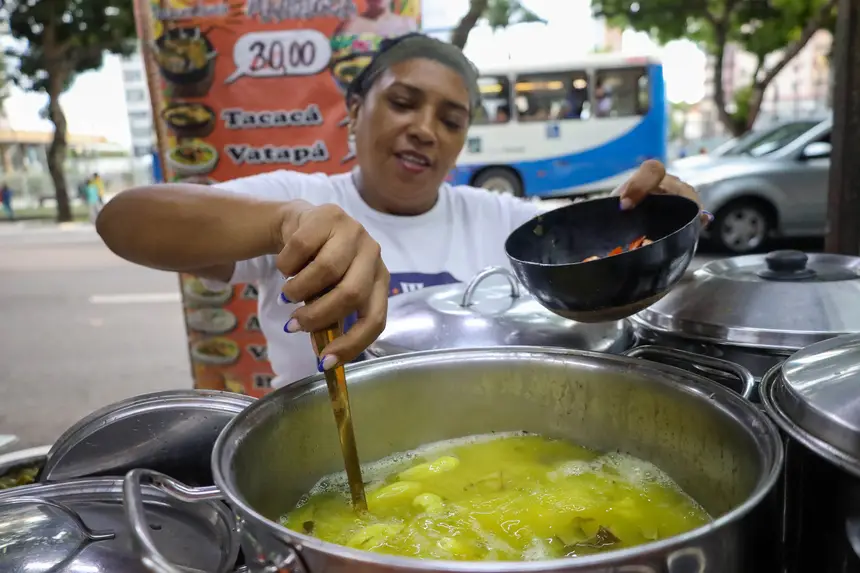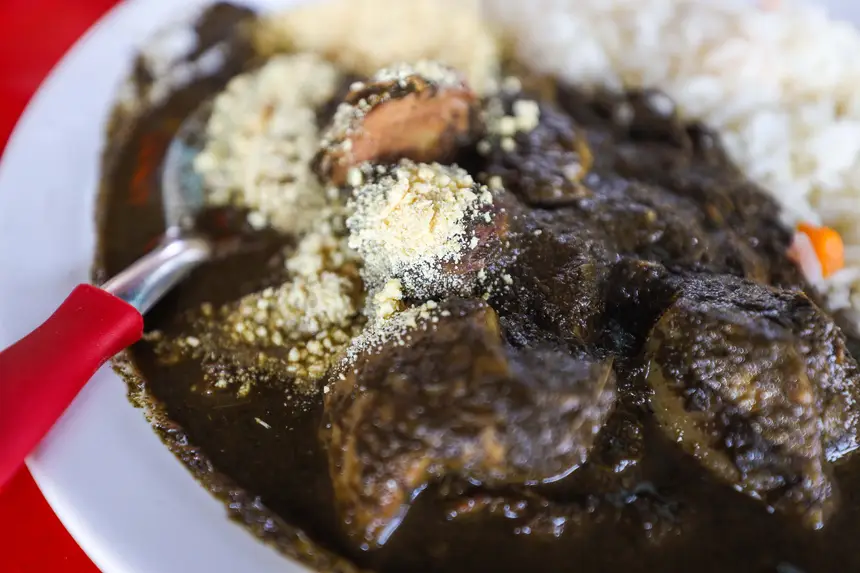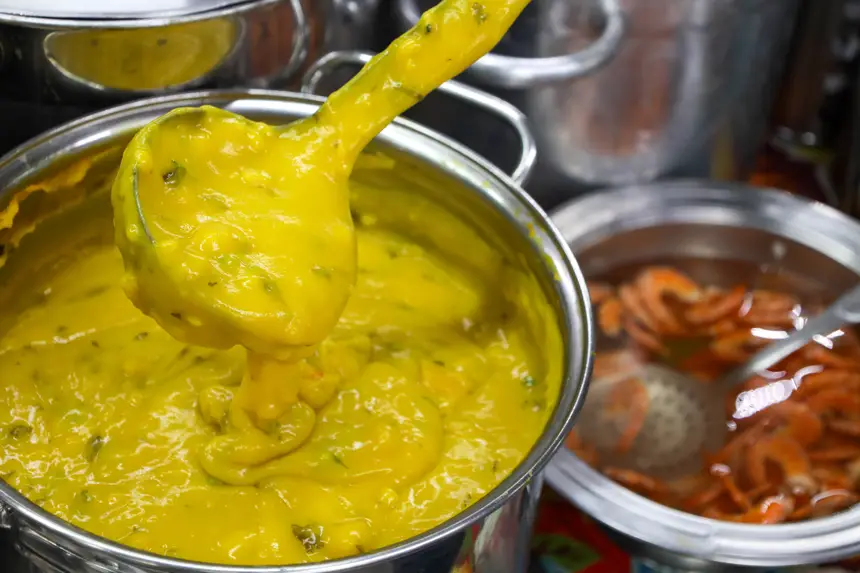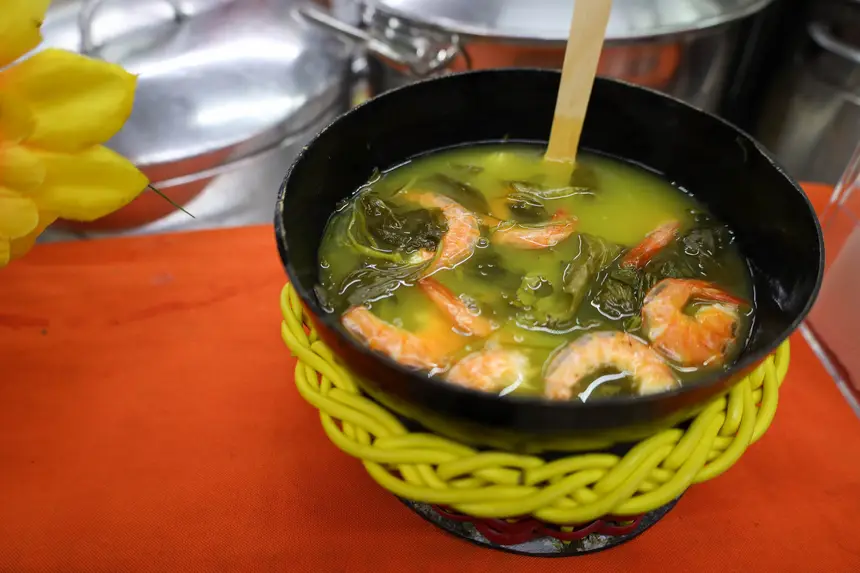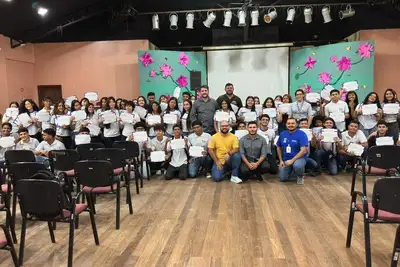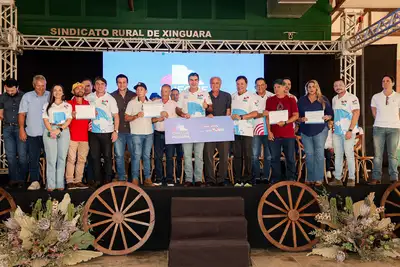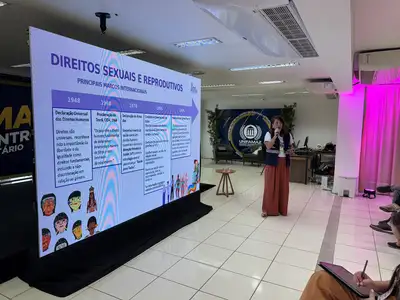Unprecedented gastronomic map of Belém's cuisine will be launched this Thursday by Fapespa
The study presents a route that celebrates the colors, flavors, and culinary traditions that make Belém a unique destination for food enthusiasts
The result of three months of research and over two thousand gastronomic establishments visited by the "Belém Papa Chibé" Project will be disclosed this Thursday, 29, by the Amazon Foundation for Support of Studies and Research (Fapespa).
The event, which will have the presence of authorities, researchers, and participants of the research, will showcase the functioning of the website where the results of the field research on about 2,400 establishments related to the food and beverage sector in 71 neighborhoods, eight administrative districts, and two islands of the COP 30 headquarters (World Conference on Climate Change) are located.
The platform will feature an interactive map to establish routes in these eight major districts and gather basic information about the food courts of the capital of Pará, such as: typical dishes, style of cuisine, type of food, house specialties, and gastronomic experiences that the city has to offer.
The study was conducted by the Directorate of Socioeconomic Studies and Conjunctural Analysis of Fapespa, Diepsac, and presents a route that celebrates the colors, flavors, and culinary traditions that make Belém a unique destination for food enthusiasts. According to director Márcio Ponte, the study showed that Belém has a promising gastronomic scene, but still faces challenges to optimize access to its rich cuisine.
"Currently, there is no broad and accessible tool that concentrates essential information about the gastronomic establishments of the capital, such as house specialties, types of cuisine, typical dishes, and gastronomic experiences offered. This gap hinders the exploration of the tourism and economic potential of the sector. The 'Belém Papa Chibé' arrives to fill this gap," he explains.
Papa Chibé - From the Tupi word, composed of Xe (I, my) and Ibe or Tibe (broth), chibé is considered the most traditional of Pará's foods. A drink with a slightly sour taste, made simply with manioc flour and water, but that carries the taste of ancestry and memories of the people of Pará. The "Belém Papa Chibé" Project was born with the idea of documenting and valuing the culinary diversity of the capital of Pará. In addition, the study conducts a comprehensive diagnosis of the socioeconomic profile of the businesses, identifying administrative, bureaucratic, and financial challenges that may impact the development of enterprises.
The results of this unprecedented project in the State will serve as an important tool to gauge the dynamics of this sector, which plays a fundamental role in the local economy and culture. With a universe of nearly seven thousand establishments dedicated to gastronomy and elected Creative City of Gastronomy by the UN, Belém consolidates itself as one of the main poles of Brazilian cuisine, reflecting both the cultural diversity of the region and its relevance in the economic landscape.
Among the results that will be presented, the research revealed that the majority of the city's gastronomic establishments operate in rented spaces and have been in existence for up to five years, indicating a dynamic sector, but also susceptible to challenges related to the sustainability of businesses in the long term.
Among these establishments, approximately 88.8% have as their main activity the sale of meals, with a predominance of the traditional "prato feito" – composed of beans, rice, and proteins – representing 35% of the total number of restaurants. Following this, regional cuisine stands out, with the emblematic açaí accompanied by fried fish, present in 14% of the establishments, and the traditional offerings of tacacá, vatapá, and maniçoba, which make up almost 12% of the sector.
The surveys also detail the characteristics of the businesses by administrative districts: Belém, Bengui, Entroncamento, Guamá, Icoaraci, Mosqueiro, Outeiro, and Sacramenta. In the Icoaraci District, for example, it was identified that there are 682 active businesses, with 610 focused on the sale of meals, equivalent to 89.4% of the total businesses in the region. The other 72 businesses operate in the sale of beverages, representing 10.6% of the total businesses in the region.
The Belém District has 1,650 active businesses, with 1,470 businesses (89.1%) focused on the sale of meals. Considering the businesses that predominantly operate in the sale of meals offered by restaurants, those specializing in "PF" (prato feito) come first, representing about 25% of the total. Next is Regional Cuisine (Tacacá, Vatapá, Maniçoba) with 16% and Regional Cuisine (Açaí with Fried Fish) with 14.2%.
The study also brings social and economic indicators, identifying that the impact of the gastronomic sector is significant, employing about 51 thousand people, mostly in formal employment and with qualifications in food handling. The average revenue of the establishments is around R$ 40 thousand, with an average profit margin of 17.3%. These are just some of the results of the research developed in this innovative project, which will be made available for use by the population and the executive power.
Service:
Disclosure of the results of the "Belém Papa Chibé" project
Date/time: May 29, 2025, at 10 a.m.
Location: Fapespa Auditorium - Av. Presidente Vargas, nº 670 - Campina


